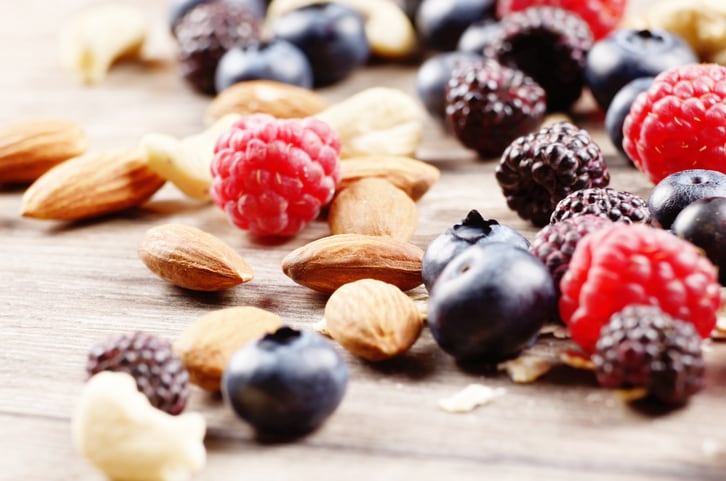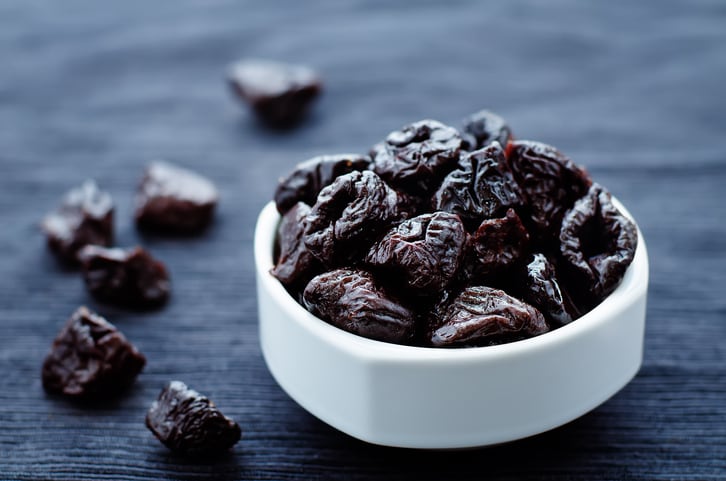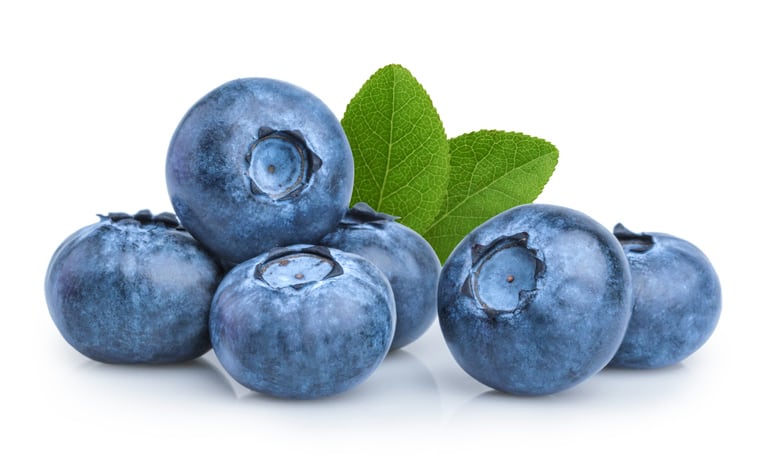A major class of those bioactives are flavanols, belonging to the group of polyphenolics, commonly found in tea, fruits, berries, cocoa-derived products and nuts.
A new study revealed that a diet rich in flavanols could lead to lower blood pressure. The research looked at the diets of over 25,000 people and compared what they ate with their blood pressure.
The study, published in Scientific Reports, included an international team of researchers from the University of Reading, Cambridge University, the University of California Davis, and Mars, Incorporated. The team studied the nutritional biomarkers from 25,618 participants from the European Prospective Investigation into Cancer (EPIC) Norfolk study.
The research is the first to use the nutritional biomarkers of thousands of UK residents' diets. Unlike most other studies that examine links between nutrition and health, the researchers did not rely on study participants to report on their diet. Instead, the researchers measured flavanol intake objectively by examining indicators present in their blood.
Key findings
The study found that the difference in blood pressure between those with the lowest 10% of flavanol intake and those with the highest 10% of intake was between 2 and 4 mmHg. This is comparable to meaningful changes in blood pressure observed in those following a Mediterranean diet or Dietary Approaches to Stop Hypertension (DASH) diet.
The research team noted that the biggest difference was observed in participants with the highest blood pressure. They noted that this finding suggests if the general public increased its flavanol intake, there could be an overall reduction in cardiovascular disease incidence.
"What this study gives us is an objective finding about the association between flavanols - found in tea and some fruits - and blood pressure. This research confirms the results from previous dietary intervention studies and shows that the same results can be achieved with a habitual diet rich in flavanols," explained Professor Gunter Kuhnle, a nutritionist at the University of Reading who led the study. "Previous studies of large populations have always relied on self-reported data to draw conclusions, but this is the first epidemiological study of this scale to objectively investigate the association between a specific bioactive compound and health."
Hagen Schroeter, Chief Science Officer at Mars Edge, who was part of the research, said this study adds key insights to a growing body of evidence supporting the benefits of dietary flavanols in health and nutrition.
Methodology
Kuhnle said that the methodology of the study is of equal importance. “This is one of the largest ever studies to use nutritional biomarkers to investigate bioactive compounds. Using nutritional biomarkers to estimate intake of bioactive food compounds has long been seen as the gold standard for research, as it allows intake to be measured objectively. The development, validation and application of the biomarker was only possible because of the long-term commitment of all collaborators. In contrast to self-reported dietary data, nutritional biomarkers can address the huge variability in food composition. We can therefore confidently attribute the associations we observed to flavanol intake."
Schroeter agrees. “Perhaps even more exciting was the opportunity to apply objective biomarkers of flavanol intake at a large scale. This enabled the team to avoid the significant limitations that come with past approaches which rely on estimating intake based on self-reported food consumption data and the shortcomings of current food composition databases."
Indeed, the report noted the high variability in food composition of many of the main sources of dietary flavanols. The authors used black tea as an example: “Food composition data for black tea give a range of flavan-3-ol content of 3–64 mg/100 mL, and thus five cups of tea can contain between 23 and 480 mg of flavan-3-ols. Thus, a person consuming a single cup of tea with high flavan-3-ol content consumes considerably more flavan-3-ols than a person consuming five cups of tea with low flavan-3-ol content.”
The authors point out that in contrast, the objective nutritional biomarkers used in this study take into account the diversity in the foods consumed and differences in bioavailability as they rely on the systemic presence of the respective compounds.
“We are delighted to see that in our study, there was also a meaningful and significant association between flavanol consumption and lower blood pressure,” said Kuhnle.
Source: Scientific Reports
10, 17964 (2020). https://doi.org/10.1038/s41598-020-74863-7
“Biomarker-estimated flavan-3-ol intake is associated with lower blood pressure in cross-sectional analysis in EPIC Norfolk”
Authors: J. Ottaviani et al.




